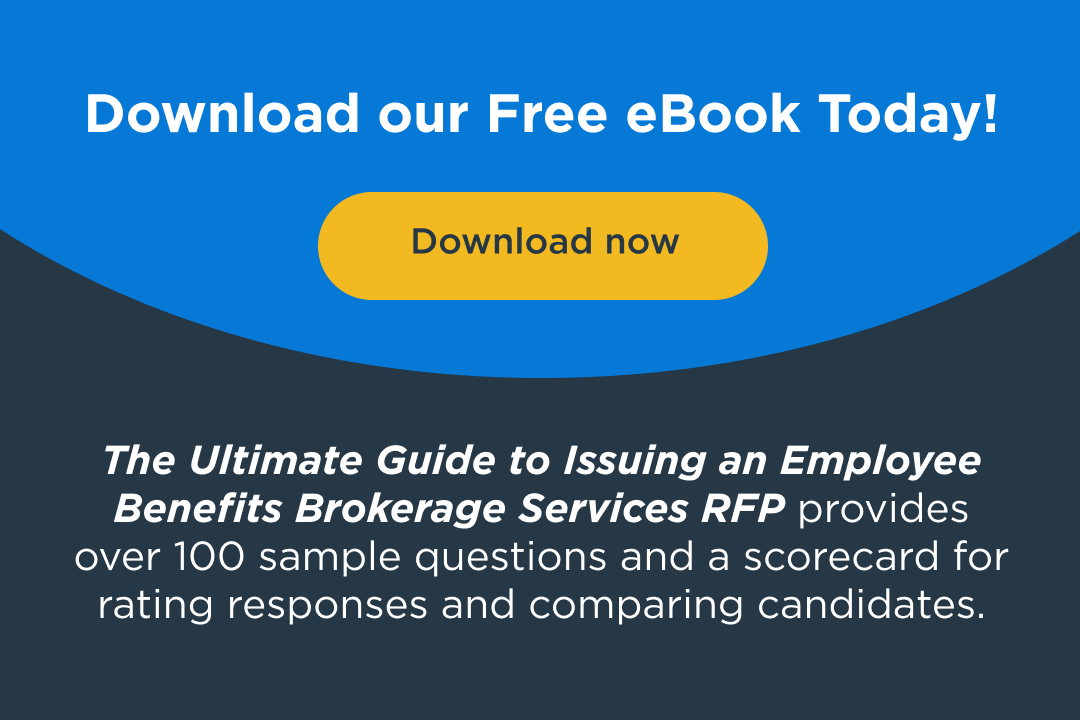Retention Through Rewards: Employee Benefits Strategies in For-Profit Education
February 1, 2025

For HR professionals, engaging a geographically dispersed, field-based workforce with timely and effective HR-related communications—especially around benefits enrollment—has become a mission-critical challenge. Whether employees are on job sites, in retail stores, driving delivery routes, or working remotely, ensuring they understand and act on benefits options is essential for compliance, satisfaction, and retention.
In this article, we’ll explore the challenges unique to dispersed workforces, and highlight practical, technical solutions—many of which are already in use by companies like Amazon, PepsiCo, and DHL—that HR teams can adopt to improve outreach and engagement.
The Communication Challenge: Limited Access, Limited Attention
Unlike corporate office workers, field-based employees often:
- Don’t use company email regularly (if at all)
- Lack consistent access to intranets or shared drives
- Have irregular shifts or mobile-first workflows
- Speak different languages
- Engage with content in short bursts, not long memos
This makes it difficult to ensure employees are receiving (and understanding) critical HR messages like benefits enrollment deadlines, plan changes, or wellness resources.
Solution Framework: Communication Built for the Field
Here are the leading categories of tools and strategies that HR professionals are deploying to close the communication gap:
1. Mobile-First Communication Platforms with SMS Capabilities
Why It Works: SMS open rates are as high as 98%, and mobile platforms allow for quick, digestible communication via phones already in every employee’s pocket.
Use Case: Text message reminders for open enrollment deadlines, benefit changes, or required training.
Leading Tools:
- Red e App
- Textedly
- Trumpia
- SimpleTexting
- Heymarket
2. QR Code-Enabled Print Materials
Why It Works: Posting flyers or table tents in common areas with QR codes provides analog-to-digital engagement. Scanning a code directs employees to personalized benefits portals, videos, or plan comparisons.
Use Case: Breakroom posters with QR codes leading to plan comparison tools or microsites.
Vendors:
- Flimp Communications
- BeaconLive
- Scanova
- QR Code Generator Pro
3. Mobile-Optimized Microsites and Portals
Why It Works: When email isn’t practical, a responsive microsite provides one-click access to all benefits materials in a format that works on any device.
Use Case: Benefit comparison tools, plan documents, video explainers, FAQs.
Vendors:
- Benefitfocus
- Castlight Health
- Alight Solutions
- bswift
- Tango Health
4. Video and Interactive Benefits Education
Why It Works: Visual content helps explain complex benefits options. These videos are short, mobile-friendly, and available on-demand.
Use Case: Short animated explainers comparing PPO vs HSA plans; personalized video messages.
Vendors:
- PlanSource
- Animoto
- Vyond
- Flimp
- Soapbox by Wistia
5. Peer-to-Peer Advocacy & Field Champions
Why It Works: In large or unionized workforces, a trusted peer can be more influential than an HR rep. Recruiting “benefits ambassadors” improves message authenticity and cultural alignment.
Use Case: Field leaders hosting micro-sessions or reminding coworkers to enroll.
Vendors:
- Alaya by Benevity
- Reward Gateway
- Workhuman
- Bonusly
6. HRIS Systems with Integrated Communication Features
Why It Works: Many modern HR platforms include push notifications, in-app messaging, and automated alerts integrated with core HR workflows.
Use Case: Automating benefits reminders within onboarding flows or PTO alerts in scheduling apps.
Vendors:
- UKG
- ADP Workforce Now
- Paylocity
- BambooHR
- Gusto
7. Multi-Language & Localization Tools
Why It Works: Reaching frontline employees who speak English as a second language requires translated, culturally relevant messaging.
Use Case: Auto-translated benefits microsites, enrollment guides, and HR helpdesks.
Vendors:
- TransPerfect
- LanguageLine Solutions
- United Language Group
- Stepes
8. Analytics and Engagement Tracking
Why It Works: You can’t improve what you don’t measure. Engagement analytics help HR teams see who opened messages, clicked links, or completed benefit selections.
Use Case: Identifying low-engagement sites or teams and targeting them with additional support.
Vendors:
- Google Analytics
- Qualtrics
- Officevibe
- TinyPulse
- PlanSource Analytics
Final Thoughts: Build a Tech Stack That Works for Your Workforce
A one-size-fits-all approach to HR communication doesn’t work for field-based teams. Instead, you need a multi-channel strategy that considers:
- Device access (phone vs. computer)
- Message urgency (deadlines vs. nice-to-know)
- Language and literacy
- Cultural trust in HR
The good news is that the tech to solve these problems already exists—and much of it is modular, affordable, and easy to integrate with your existing systems.
To succeed, HR leaders must work cross-functionally with IT, Communications, and Operations to implement tools that meet employees where they are—literally.


